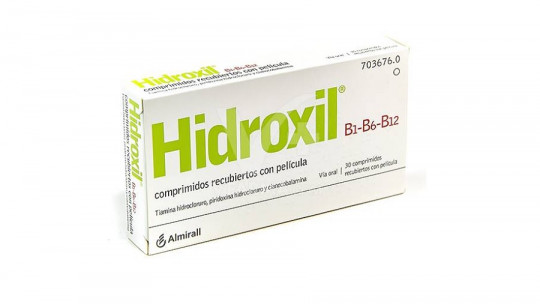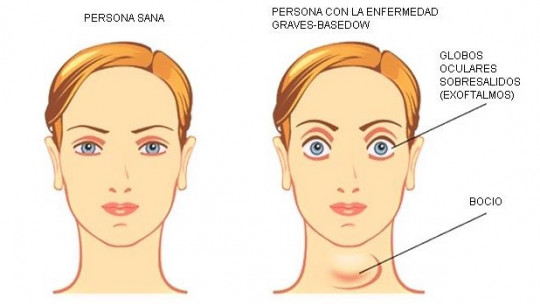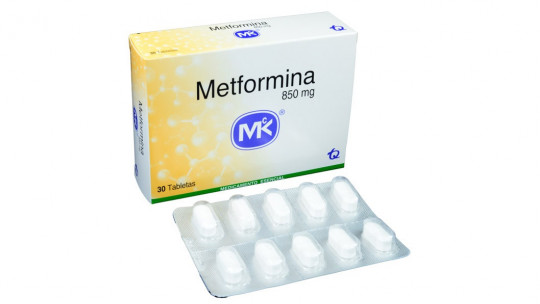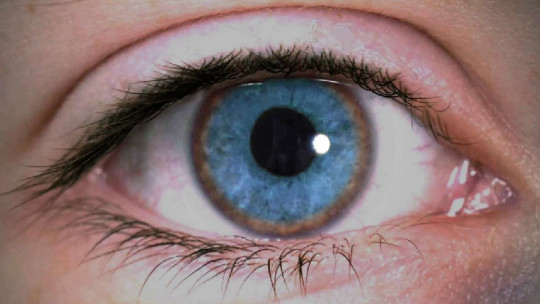
Scurvy is a disorder caused by a deficiency of ascorbic acid (vitamin C), which alters collagen production, and with this, affects the composition of vital tissues. It is related to poor nutrition, as well as excessive consumption of substances such as alcohol.
In this article we will see what scurvy is and why vitamin C deficiency can cause serious problems in our body. Later we will see what the main symptoms and risk factors are; and finally its prevention and treatment.
What is scurvy?
Scurvy is a nutritional disorder caused by vitamin C deficiency. As such, it is characterized by difficulty synthesizing tissues, especially collagen. Externally it manifests itself on the skin (with spots), mucous membranes, teeth and gums. Internally It manifests itself as impoverishment of the blood and sometimes produces ulcerations and hemorrhages.
This is because Vitamin C, chemically called ascorbic acid, is an organic compound with antioxidant properties, that is, it prevent the death of cells and cellular tissues In many species of animals and plants (which have the necessary enzymes to synthesize it) this acid is produced within the body itself.
However, because human beings lack these enzymes (we have 3 of the 4 necessary), we must consume vitamin C externally, and thus compensate for the nutritional properties that allow the synthesis and functioning of our tissues.
Importance of vitamin C
In addition to being an antioxidant and improving the absorption of iron in the intestinal tract, Ascorbic acid plays a very important role for collagen hydroxylation, an essential step for the configuration of connective tissues. For example, skin, gums, mucous membranes and bones contain a high percentage of collagen.
But not only that, ascorbic acid also participates in the synthesis of neurotransmitters and hormones such as dopamine (essential for motor function), norepinephrine and adrenaline (the latter important for physiological functions and the activity of the circulatory system).
Although it does not have a fixed concentration site, ascorbic acid is usually contained in the adrenal glands, blood cells and the pituitary gland. Likewise, it has an approximate life of 30 minutes once absorbed in the intestinal tract.
Brief history
Scurvy is one of the most studied and described disorders since the earliest history of medicine. In fact, in the 15th and 16th centuries It was a very common disease in sailors
In 1747, British naval surgeon James Lind conducted the first experiment on vitamin C deficiency with sailors. He found that An intake of vitamin C compensated for the first symptoms of scurvy
Main symptoms
Scurvy usually has an asymptomatic development phase, meaning that the first symptoms are visible months after vitamin C reserves have been depleted. This is both in fats and in muscles and other tissues. It usually manifests itself from the first 8 to 12 weeks of having insufficient ascorbic acid intake
The first symptoms are usually fatigue, pain, stiffness of the joints and lower extremities. Later there is inflammation and bleeding of the gums and, later, the teeth may begin to loosen.
Other symptoms, which indicate a high degree of scurvy are bleeding under the skin and deep tissues, slow healing, anemia and significant mood disturbances. Finally, if left untreated, it can lead to death (usually as a result of infection caused by unhealed wounds or as a result of hemorrhage).
Causes and risk factors
Among the main risk factors for scurvy are low socioeconomic levels, alcohol and other drug abuse, and chronic psychiatric disorders that have resulted in consequence of low nutrition or excessive drug consumption
Although research on the relationship between substance abuse is recent, the hypothesis is that the prolonged presence of psychotropic substances (including alcohol) accelerates the metabolization and disposal of ascorbic acid. That is to say, even if vitamin C is consumed, it does not remain in the body.
Other risk factors related to food intake and the inability to absorb some vitamins are fast diets, anorexia, Crohn’s disease, hemodialysis, celiac disease, and numerous allergies to different foods.
Prevention and treatment
As we saw before, human beings do not have the ability to synthesize vitamin C, which is why we need obtain it from external resources, such as citrus fruits (grapes, limes, lemons, oranges) and vegetables (red pepper, potatoes, spinach, broccoli). The latter retain ascorbic acid, especially if they are not cooked, since it is easily lost at high temperatures.
The recommended daily doses of vitamin C are between 75 and 90 mg per day, so one of the most used treatments is the prescription of food supplements with a high content of vitamin C. Depending on the symptoms developed, the dose and duration of intake of these supplements varies, as does the accompaniment of this type of treatment with others.








